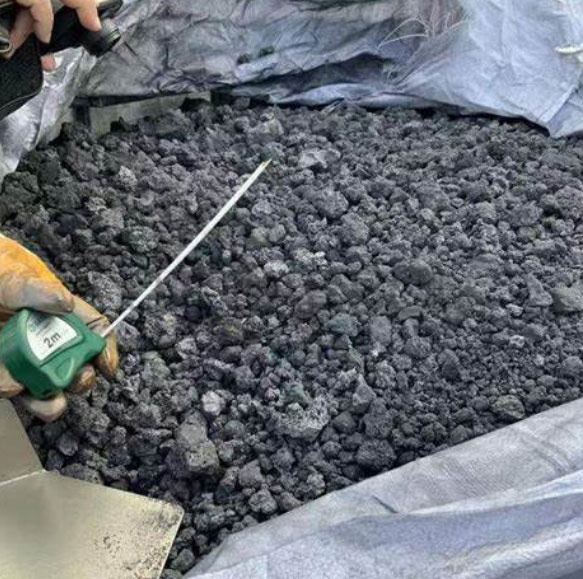
The petroleum refinery process produces calcined petroleum coke. With its sponge-like texture and high density it is suitable for many applications. This product is manufactured in delayed-coking units. In these units, the residual oil of the main fractionator passes through two coke drums at the top and bottom (shown as columns to the left) where it's carbonized. This material, which is shown as green in the picture, is similar to coal and called calcined petrol coke.
This valuable resource is finding new applications as consumers and manufacturers seek to expand its market. CPC consumers and producers alike are working hard to enhance the product's quality while also reducing the impact on our environment. There is also a significant shift occurring in terms of production and consumption in Asia-Pacific.
Petcoke distribution has historically been dominated by certain regions. This is changing due to the current dynamics of the market. As a result of the development of new processes and technologies, calcined coke is being manufactured in a more efficient and versatile manner. These innovations increase the profitability for the industry while creating new opportunities to expand operations and enter into new markets.

Growing demand for aluminium and steel has boosted the market for CPC. CPC consumption is driven primarily by the aluminum and steel industries. This demand will only continue to grow as the commercialization and industrialization takes place in the developing world. CPC plays a vital role in aluminum smelting because it is readily available and has a low content of impurities.
An increase in energy efficiency as well the emission controls of industries using it to power thermal processes are driving up the demand for the calcined Petroleum Coke. This is due to stricter emission standards in several regions around the world. Due to the requirement of lower carbon and ash contents, natural gas is increasingly being replaced by calcined coke.
Segmentation of the calcined Petroleum Coke Market is based upon application as well as product type. In 2022, the aluminum and steel segments accounted for the majority of market share. It can be attributed the increasing investment in infrastructure projects by nations like China, India and Singapore. As the population grows, so does the demand to build homes and businesses. This in turn increases the price of calcined petrol coke. CPC will also be in demand as the automobile and transportation industries continue to grow. It is a key material used by these industries.

Write a Message